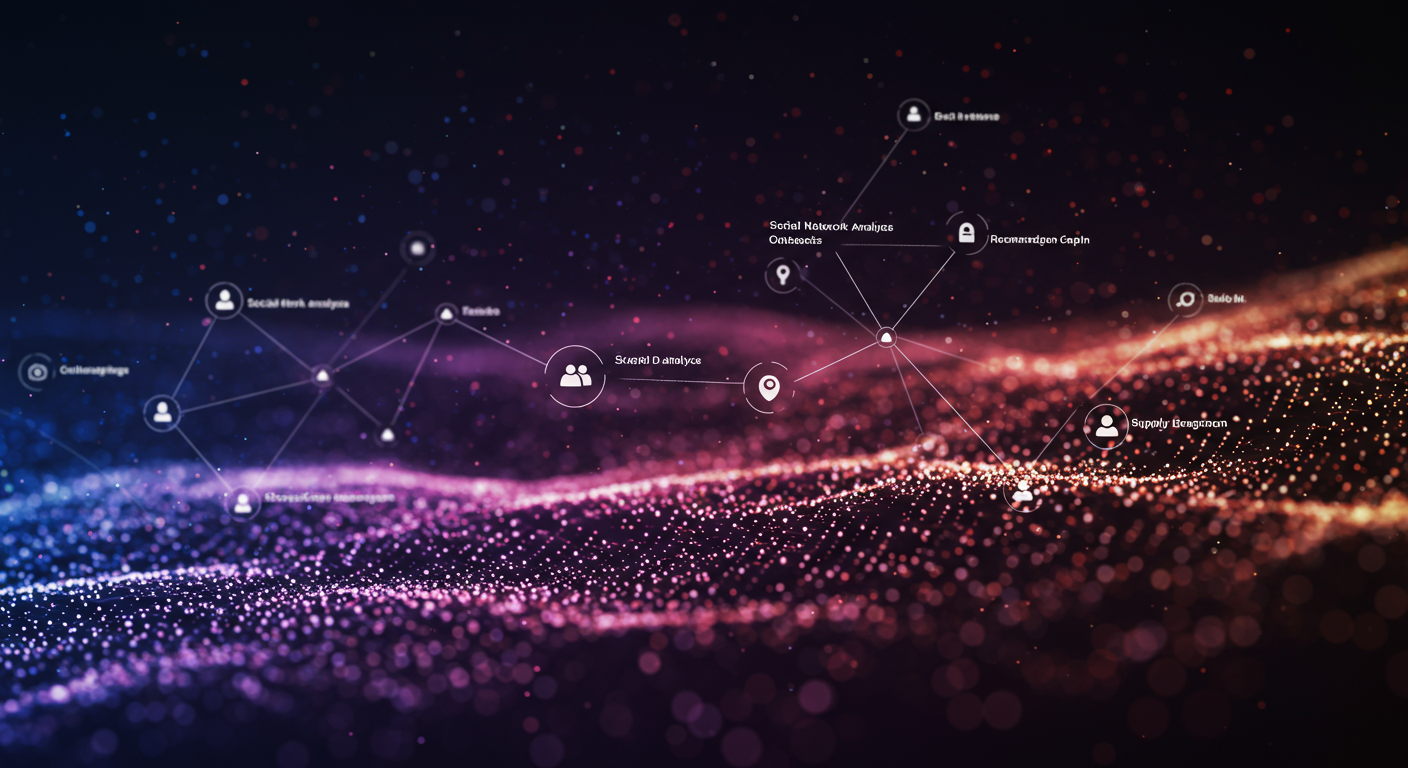Unlocking Insights: Real-World Applications of Graph Databases
Graph databases are not just theoretical constructs; they are powerful tools actively solving complex problems across a multitude of industries. Their ability to model and query relationships makes them uniquely suited for scenarios where connections are as important as the data points themselves.

Key Application Areas:
- Social Networks: Perhaps the most intuitive application, graph databases excel at managing friend connections, group memberships, and content interactions. They power features like "people you may know" and personalized news feeds. For example, understanding how users interact with content and each other is fundamental for platforms like LinkedIn.
- Recommendation Engines: By modeling user preferences, product relationships, and past behaviors as a graph, businesses can provide highly accurate recommendations. This is crucial for e-commerce sites, streaming services, and content platforms.
- Fraud Detection: Graph databases can uncover sophisticated fraud rings by identifying subtle patterns and connections between seemingly unrelated accounts, transactions, or devices. Financial institutions and e-commerce platforms heavily rely on this.
- Supply Chain Management & Logistics: Tracking goods, understanding dependencies between suppliers, and optimizing routes become far more manageable when represented as a graph. This is essential for companies like FedEx for optimizing their delivery networks.
- Bioinformatics and Drug Discovery: Modeling interactions between genes, proteins, and diseases as a graph accelerates research and helps in identifying potential drug targets.
- Knowledge Graphs: Organizations build knowledge graphs to represent complex domains, connecting disparate data sources and enabling semantic search and advanced analytics. Search engines like Google use knowledge graphs extensively.
- Network and IT Operations: Visualizing and analyzing network topologies, dependencies between IT assets, and impact analysis during outages are streamlined with graph databases.
These examples barely scratch the surface. From managing master data and identity/access management to analyzing telecommunication networks and even powering AI applications, graph databases are becoming an indispensable part of the modern data stack.
The core strength lies in their ability to perform "deep" queries that traverse multiple levels of relationships quickly and efficiently, something that would be complex and slow with traditional relational databases. As data becomes increasingly interconnected, the value and adoption of graph databases will only continue to grow.
Back to Home